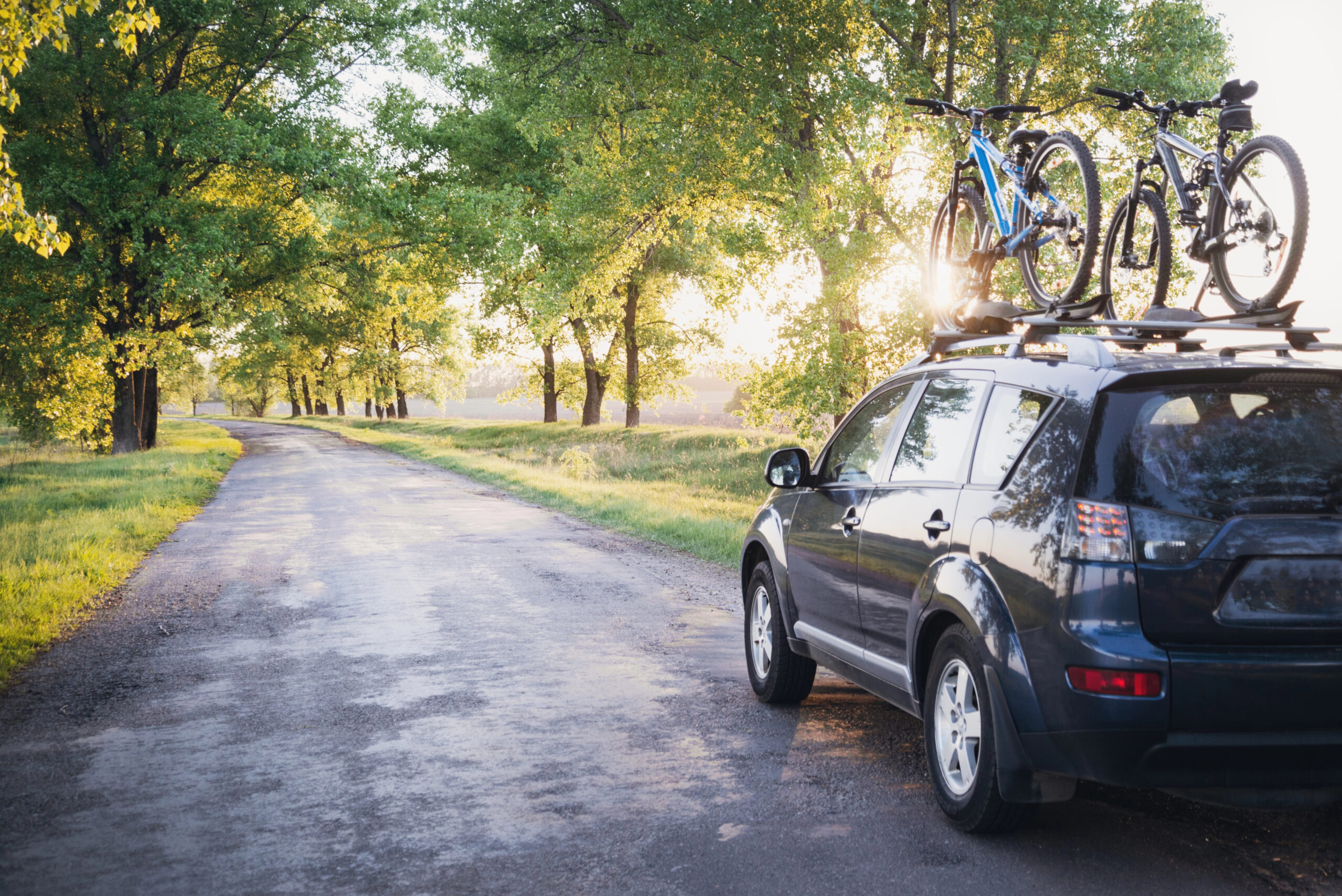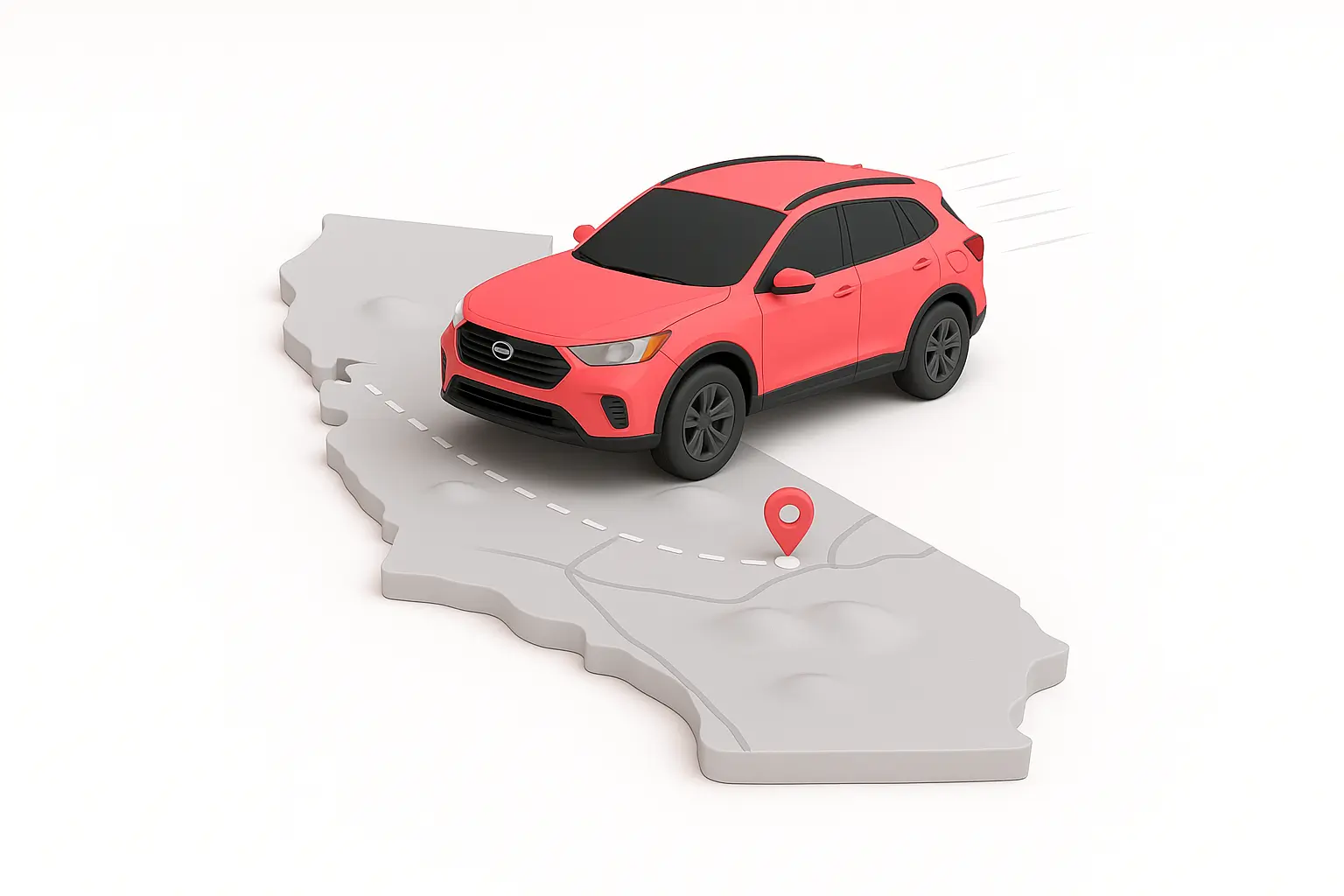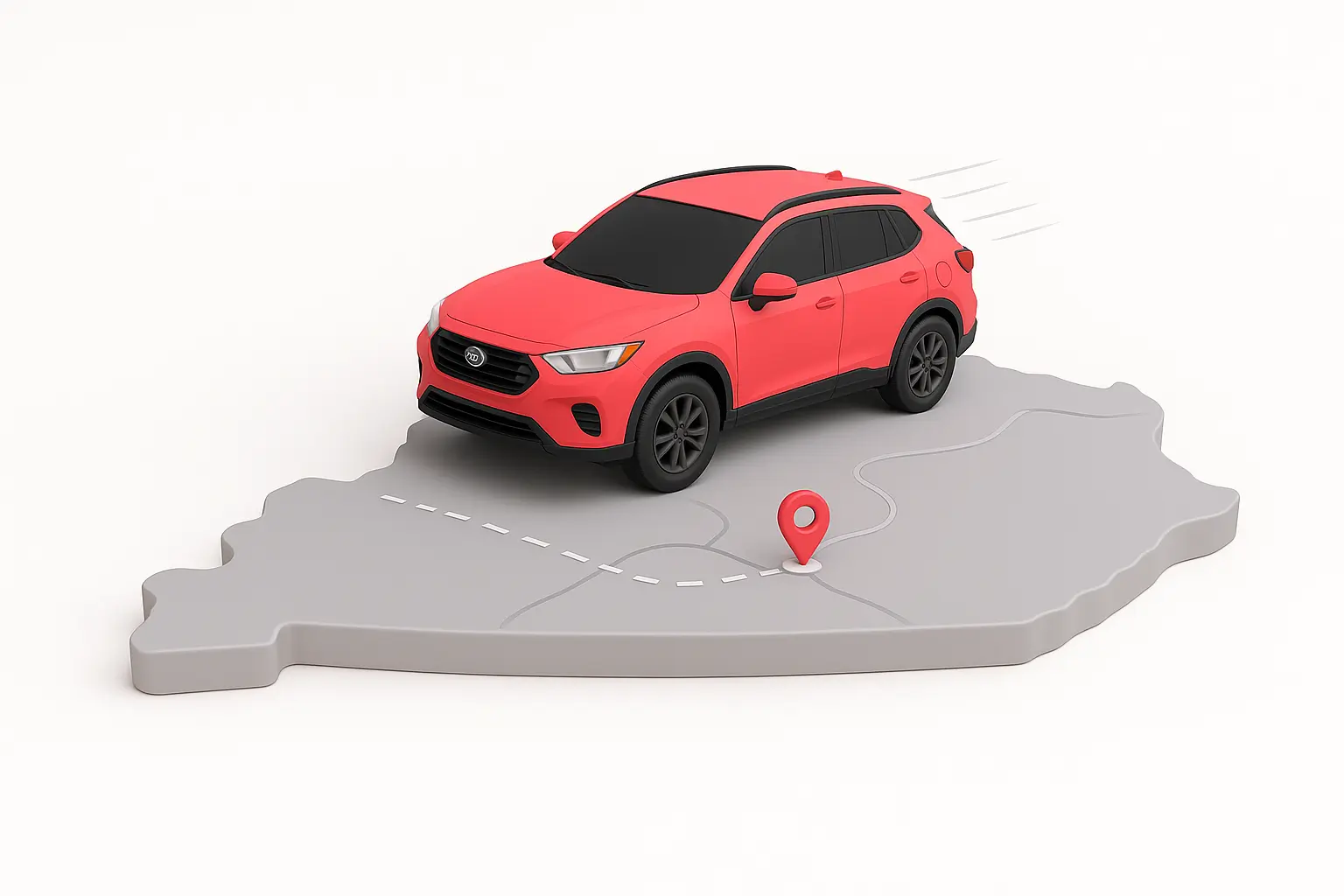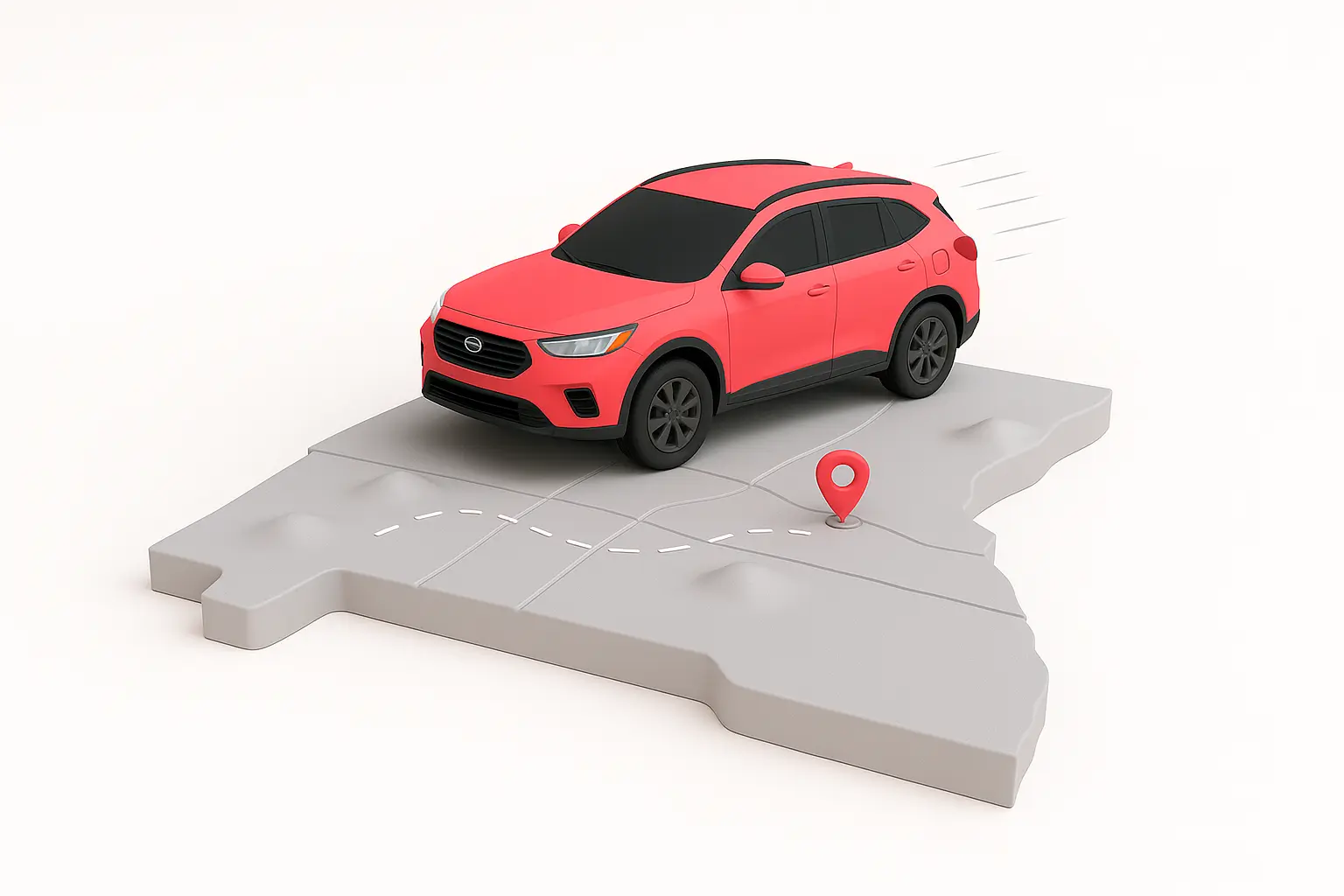If you work from home, commute on public transportation or don’t get out much, you may qualify for low-mileage car insurance or a low-mileage discount.
Some insurers offer lower rates to drivers who report driving fewer miles, while others may require drivers to enroll in a mileage monitoring program.
Our experts have compiled a list of the best car insurance companies that offer special opportunities for low-mileage drivers to save through discounts, pay-per-mile programs or other usage-based insurance options.
Some of the best low-mileage car insurance companies include Allstate, Mile Auto, Lemonade and Nationwide.
The best car insurance companies for low-mileage drivers
| Insurance company | Type of savings | Estimated discount | Annual low mileage cutoff |
| Allstate | Pay-per-mile insurance | 50% | No cutoff |
| American Family | Low-mileage discount | Up to 25% | 8,000 miles |
| Farm Bureau | Low-mileage discount | Not specified | 7,500 miles |
| Nationwide | Pay-per-mile insurance | 10% | No cutoff |
| Lemonade | Low-mileage discount | Not specified | No cutoff |
| Mile Auto | Pay-per-mile insurance | 30% to 40% | 10,000 miles |
| State Farm | Low-mileage discount | Not specified | 7,500 miles |
*Discounts are based on insurance providers’ published estimates. Where an estimate is not provided, we’ve indicated that discounts may vary.
How mileage affects car insurance premiums
Mileage is one of several factors that determine car insurance rates. The more you drive, the more likely you are to be in an accident or pulled over for a traffic violation. Insurers charge higher rates to account for the added risk.
Those who drive less aren’t as risky to insure, so it follows that those drivers pay less for coverage.
Jerry insight:Mileage is just one factor in the cost of car insurance. Your driving history, credit score, ZIP code, age and vehicle all affect your premium.
Low-mileage drivers
Most insurers classify drivers who log fewer than 7,000 miles per year as “low-mileage.” This often unlocks special mileage discounts or pay-per-mile insurance policies.
However, anyone who drives less than the national average of 13,476 miles per year could save on car insurance costs.
Here’s the average annual vehicle mileage for Americans in every age group, according to the Federal Highway Administration.
| Age | Average annual mileage |
| 16 to 19 | 7,624 |
| 20 to 34 | 15,098 |
| 35 to 54 | 15,291 |
| 55 to 64 | 11,972 |
| 65 and older | 7,646 |
Low-mileage car insurance and low-mileage discounts
Though insurers request an estimated annual mileage when you get an auto insurance quote, self-reported mileage has little impact on your premium.
Instead, many car insurance companies use certain programs or methods to confirm your driving habits.
- Pay-per-mile car insurance: Also called pay-as-you-go insurance, a pay-per-mile auto policy has a monthly base premium, plus a cost for each mile you drive. This means your premium can fluctuate each month. Some pay-per-mile programs include road trip exceptions. You may be asked to submit photos of your odometer or use a telematics device to track mileage.
- Usage-based car insurance (UBI): A usage-based car insurance policy uses telematics to reward low-mileage and safe drivers with discounts. You must download an app or install a device on your vehicle to track your driving habits. Depending on your mileage and behavior behind the wheel, you could see a drop in car insurance costs.
- Low-mileage discount: Direct low-mileage discounts are less common than telematics programs. They are typically available to drivers who cover 10,000 miles per year or less, and you may be asked to submit a photo of your odometer to verify mileage.
More: Compare cheap car insurance
What to do if your car insurance company doesn’t offer low-mileage car insurance
GEICO, Liberty Mutual and Progressive are three major auto insurance companies that don’t offer direct savings just for being a low-mileage driver. While you may still find low rates with one of these carriers, don’t expect to save solely based on the number of miles you drive.
If your insurance provider doesn’t offer lower rates based on annual mileage alone, you can:
- Get a telematics device. Most companies — including those without specific low-mileage discounts — offer savings to safe drivers who are on the road less. Savings are usually determined by tracking driving habits with a telematics mobile app or plug-in device.
- Explore other discounts. You may qualify for a lower base rate if you pay your premium in full or bundle your auto insurance policy with renter or homeowners insurance.
- Compare car insurance quotes from other companies. If you drive less than 7,000 miles per year, you’re likely eligible for a pay-per-mile rate or low-mileage discount from another provider.

Stephanie Colestock is a professional writer, CFEI®, and licensed insurance agent specializing in personal finance. With over 14 years of experience, she crafts insightful and accessible content on a wide range of financial topics, including insurance, loans, credit/debt, investing, retirement planning, and banking.
Her bylines appear in top-tier publications such as TIME, Fortune, MSN, Business Insider, USA Today, Money, Fox Business, and CBS. Stephanie’s deep understanding of complex financial concepts and her ability to communicate them clearly have made her a trusted voice in the industry.
When she’s not writing, Stephanie enjoys SCUBA diving, reading a good book, and traveling the world with her family.

Annie is a writer and editor at Jerry with more than a decade of experience writing and editing digital content. Before joining Jerry, she was an assistant assigning editor at NerdWallet. Her past work has appeared in the Associated Press, USA Today and The Washington Post. Her work has been cited by Northwestern University and Harvard Kennedy School. Annie served as a spokesperson for NerdWallet during her time at NerdWallet and has been featured in New York Magazine, MarketWatch and on local television and radio stations.
Previously, she worked at USAA and newspapers in Minnesota, North Dakota, California and Texas. She has a bachelor’s degree in journalism from the University of Minnesota.








